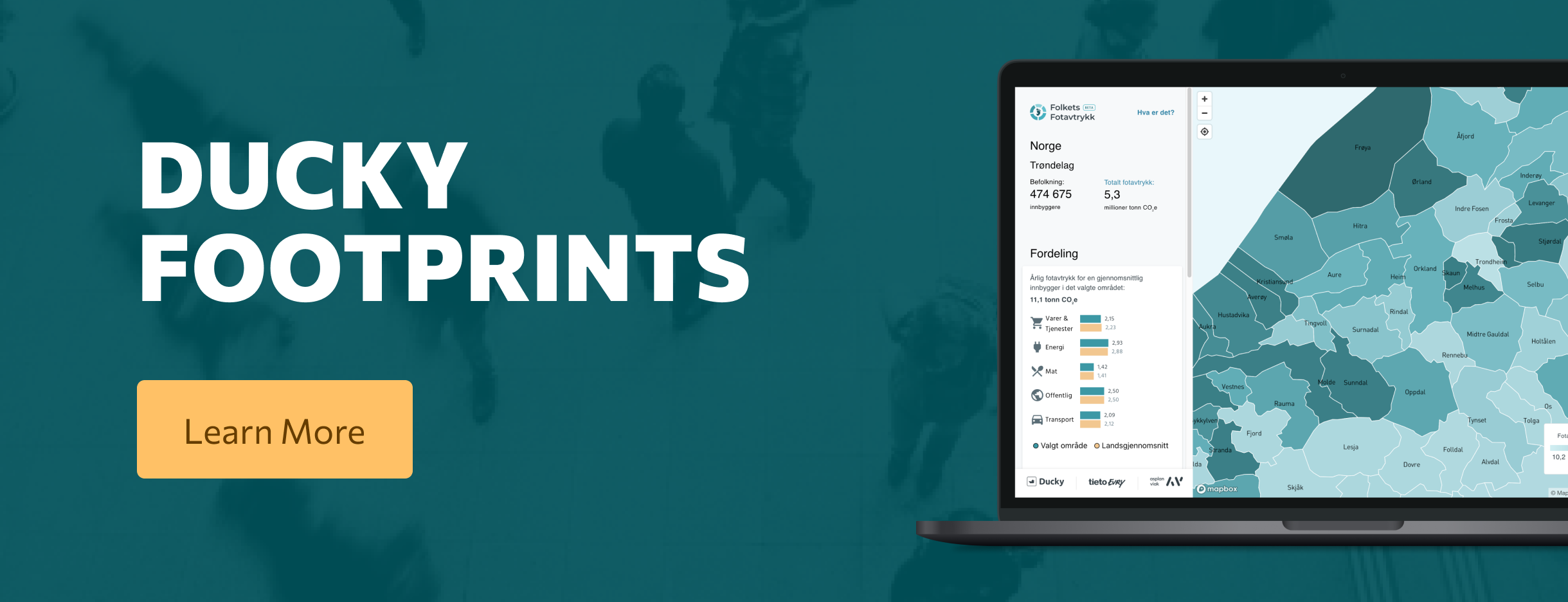Are the current heatwaves the new norm for Europe?
This week has seen Europe hit by heatwaves of an intensity that would have seemed more at home in the USA’s dust bowl or Australia’s Great Red Centre.
Fires have raged across Spain and France, people have been evacuated from and lost their homes, and thousands have died as temperatures seared great swathes of the continent.
While some have sneered at the UK cowering in the face of such heat, there’s no doubting that 40 degrees is pretty scorching, especially in a country where the infrastructure just isn’t built to take it. The full ramifications of these heatwaves are yet to be seen, but the loss of life, and financial costs rising from damage to property and infrastructure, plus the health issues caused by ongoing drought and heatstroke, are only likely to rise as the week goes on.
Now that we’ve covered the depressing stuff that’s happening currently, let’s focus on the future.
Is this the new norm?
According to the IPCC Report that came out a year ago now, pretty much. Let’s optimistically take this as an event that would normally have only occurred once every half-century. The IPCC predicts that under a 1.5 degree warming scenario – one we are now all but guaranteed – these events will happen every six years instead*.
That means that event which a child born a century ago would have seen maybe once or twice in their lifetimes could have hit a child born today three or four times by the time they’re twenty. Repairs that would only be needed in times of catastrophe will happen multiple times a decade. Farmers will still be reconstructing their livelihoods from one disastrous heatwave when the next one hits.
This is a call to action before things get even worse
We need to demand more from the people who can make change. If you’re in a position to, vote for politicians who can provide that change. Attend climate rallies.
And while we wait for systemic change to kick in, change whatever habits you can. If they’re safe options, take public transport more (with a mask on of course), eat less red meat, and turn the heat down (obviously that is currently meant for people occupying the southern hemisphere).
As always, things are bad, but there’s still the chance for infrastructure to adapt, and countries to ready their healthcare and emergency services to ensure the same loss of life and crises we’re seeing now across Europe doesn’t happen.
And there’s still a chance for more well-off nations to help countries closer to the Equator that have already been dealing with these temperatures for decades.
* If we hit two degrees it could happen every four years.

.jpg?)